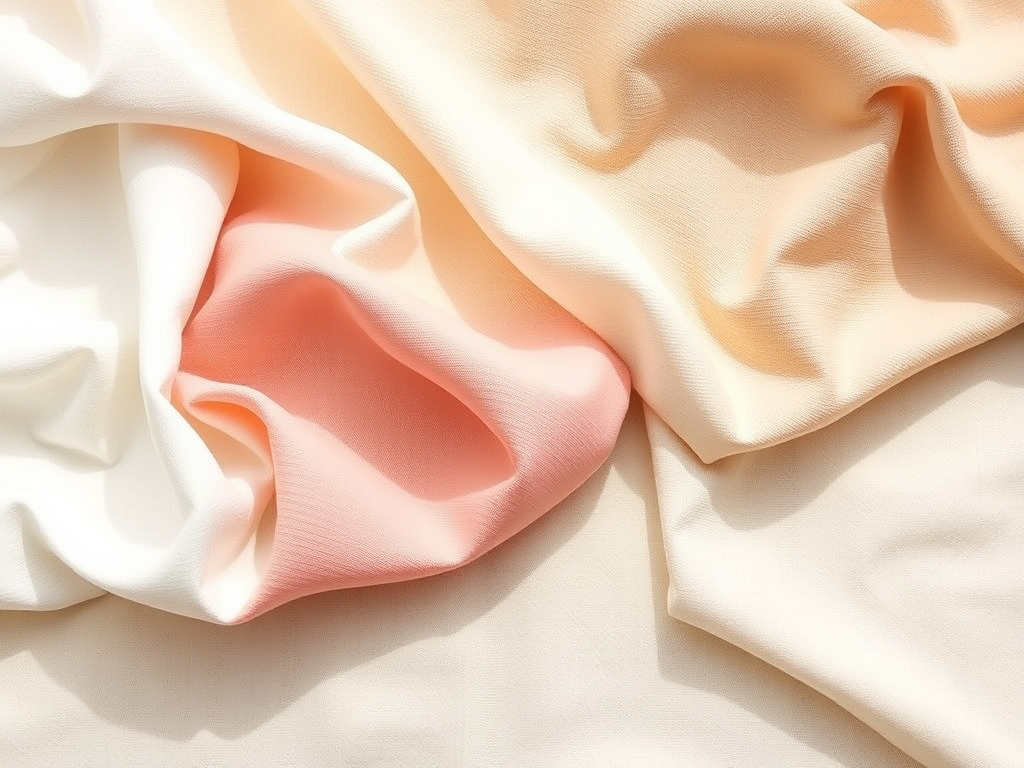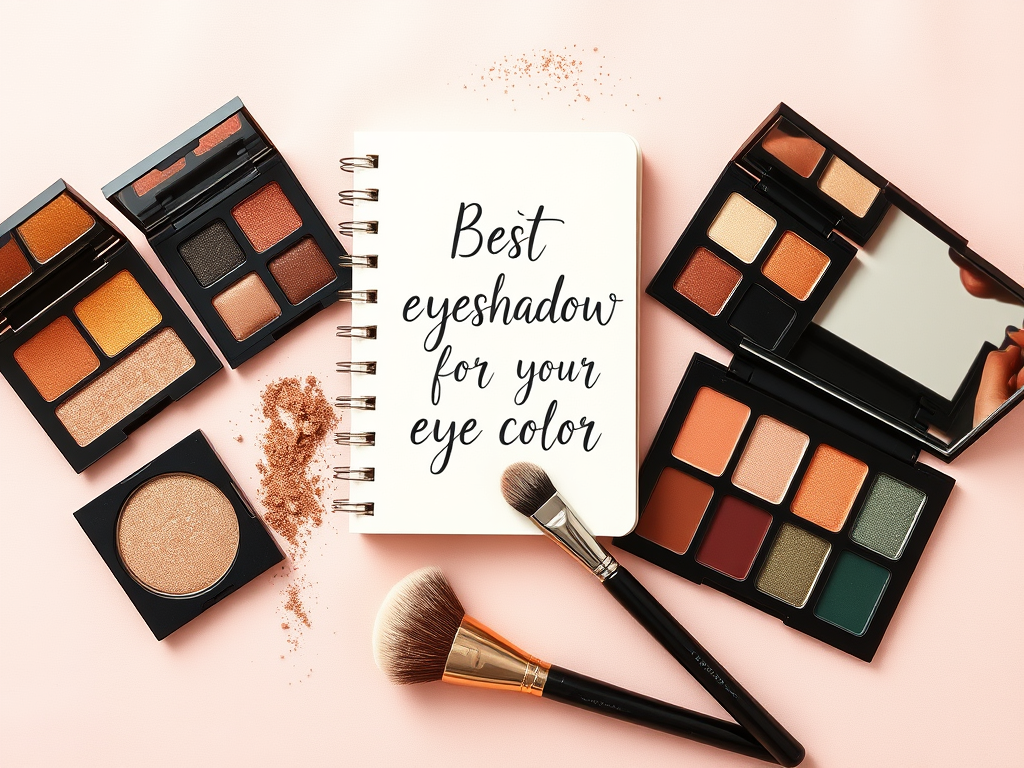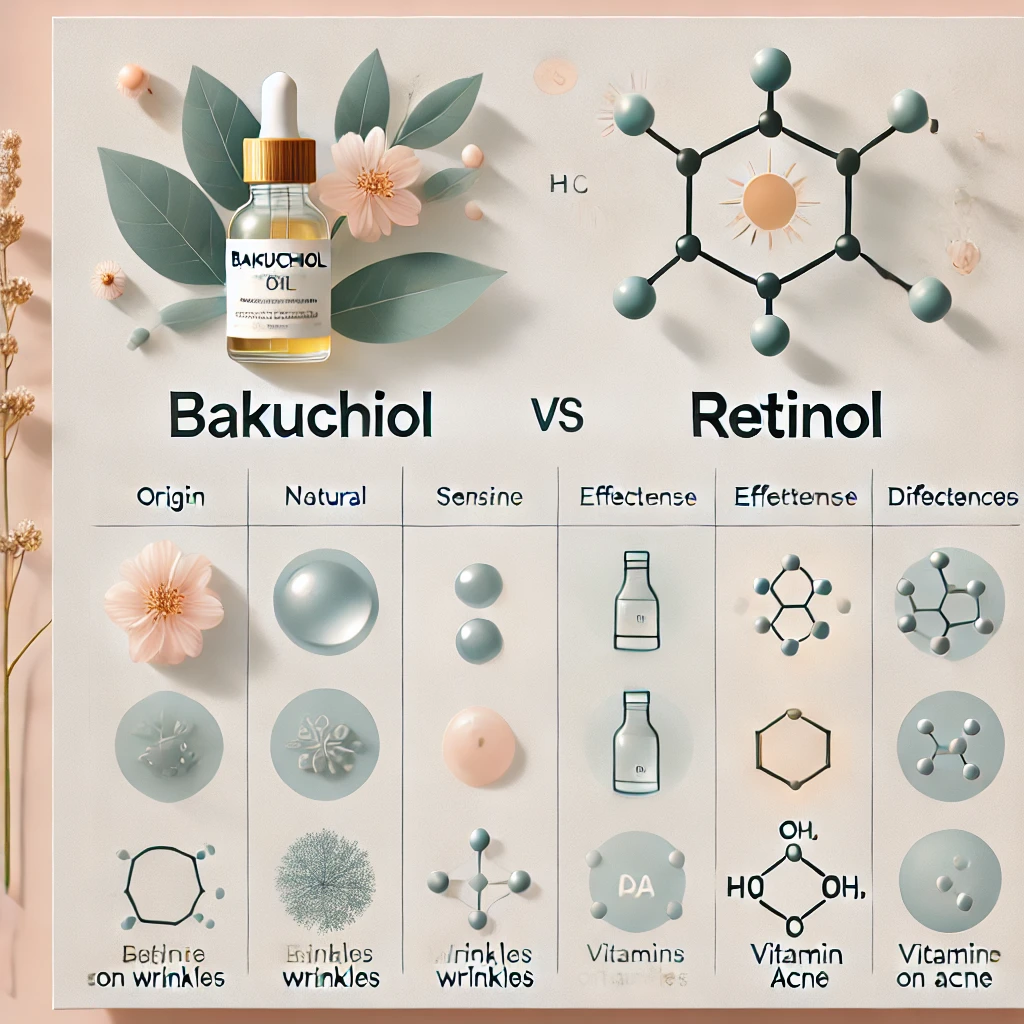Little Tangs! So you know I’m studying to become a personal shopper right? I’m now learning about different materials and fabrics and I wanted to apply this knowledge to one of my posts to help you choose which fabrics are better for you. Hope you enjoy!
When it comes to clothes, the fabric matters more than you might think. Not only does the fabric affect the overall look and feel of your outfit, but it also plays a big role in your comfort and how the fabric holds up after wearing it for a while. Some fabrics are perfect for your skin, while others can cause irritation or wear out quickly. Here’s a simple guide on how to choose clothes based on fabrics, and which ones are best for your skin.
1. Cotton: Soft, Comfortable, and Breathable
Cotton is one of the most popular fabrics, and for good reason! It’s soft, breathable, and gentle on the skin, making it a great choice for everyday wear. Cotton is perfect for summer clothes because it allows air to flow through, keeping you cool. However, cotton can wrinkle easily, and after wearing it several times, it may start to fade or shrink, especially after washing. To make cotton last longer, wash it in cold water and air dry it.
2. Linen: Cool and Light for Hot Weather
If you live in a hot climate, linen is a great fabric for summer clothing. It’s very lightweight and breathable, allowing your skin to stay cool even on the hottest days. Linen also has a natural, relaxed look, making it great for casual outfits. However, like cotton, linen wrinkles easily, so you’ll need to iron it if you want a smoother look. Linen also softens over time, but it can get worn out faster compared to other fabrics, so be careful with frequent washing.
3. Silk: Luxurious and Gentle
Silk is a luxurious fabric that feels amazing on the skin. It’s smooth, soft, and naturally hypoallergenic, meaning it’s less likely to cause skin irritation. Silk also regulates temperature well, keeping you warm in the winter and cool in the summer. However, silk can be delicate and requires careful washing. It’s also prone to fading and losing its shine after repeated use, so it’s best to save silk for special occasions and dry clean it when necessary.
4. Wool: Warm and Cozy for Winter
Wool is perfect for cold weather, as it provides excellent insulation. It helps retain body heat while still allowing your skin to breathe, so you don’t feel too sweaty. Wool also resists wrinkles, which makes it a good fabric for coats, sweaters, and scarves. However, some people find wool irritating on the skin, especially if it’s not made from fine wool like merino. Over time, wool can also start to lose its softness and may develop pills (small balls of fabric), so it’s important to take care of wool clothing and store it properly.
5. Polyester: Durable but Not Always Skin-Friendly
Polyester is a synthetic fabric that’s durable, resistant to wrinkles, and easy to care for. It doesn’t shrink or fade as quickly as natural fabrics, making it a popular choice for everyday clothes. However, polyester isn’t the best for your skin. It doesn’t breathe as well as cotton or linen, so it can trap sweat and cause irritation, especially in warmer weather. Polyester also doesn’t age as well, after wearing it several times, it can start to feel rough or lose its shape.
6. Nylon: Strong and Stretchy, But Not Always Comfortable
Nylon is a synthetic fabric often used in activewear, tights, and outerwear. It’s strong, lightweight, and resistant to tearing, making it perfect for items that need to endure regular wear and tear. However, nylon can be less breathable than natural fabrics like cotton, and it can cause sweating or discomfort if worn for too long. Nylon also doesn’t age as gracefully and can lose its elasticity and softness after repeated use, especially after washing.
7. Spandex: Flexible and Comfortable
Spandex (or Lycra or Elastane) is a stretchy fabric commonly used in sportswear and activewear. It’s comfortable, flexible, and gives clothes a form-fitting look. Spandex is great for leggings, exercise clothes, and swimwear because it stretches to fit the body and moves with you. While spandex is durable and long-lasting, it can lose its stretch and shape after multiple washes, especially if exposed to high heat. To make spandex last longer, wash it in cold water and air dry it.
8. Rayon: Soft and Smooth, But Needs Extra Care
Rayon is a semi-synthetic fabric made from wood pulp. It feels smooth and soft, much like silk, but is much more affordable. Rayon is breathable and lightweight, making it perfect for summer clothing like dresses and blouses. However, rayon can shrink easily and may wrinkle quickly, so it’s important to handle it with care. Rayon also tends to fade over time and may lose its softness if not washed properly.
9. Leather: Durable and Stylish
Leather is a strong, durable fabric often used for jackets, shoes, and handbags. It’s a natural fabric that ages beautifully, developing a unique patina as it gets older. Leather is also great for protecting your skin from wind and cold. However, leather requires regular maintenance, including conditioning to keep it soft and prevent cracks. If exposed to water or sunlight for too long, leather can fade or lose its luster.
Choosing clothes based on fabric is important for your comfort, skin health, and the longevity of your clothing. Natural fabrics like cotton, linen, and silk are often gentler on the skin and perfect for warmer weather, while fabrics like wool and leather are great for colder months. Synthetic fabrics like polyester and nylon are durable, but they can sometimes cause discomfort over time. When shopping for clothes, consider how the fabric feels on your skin, how it will age over time, and how easy it will be to care for. Taking these factors into account will help you choose clothes that not only look great but also feel comfortable and last longer. Hope you enjoyed, kisses!!!!








Leave a Reply